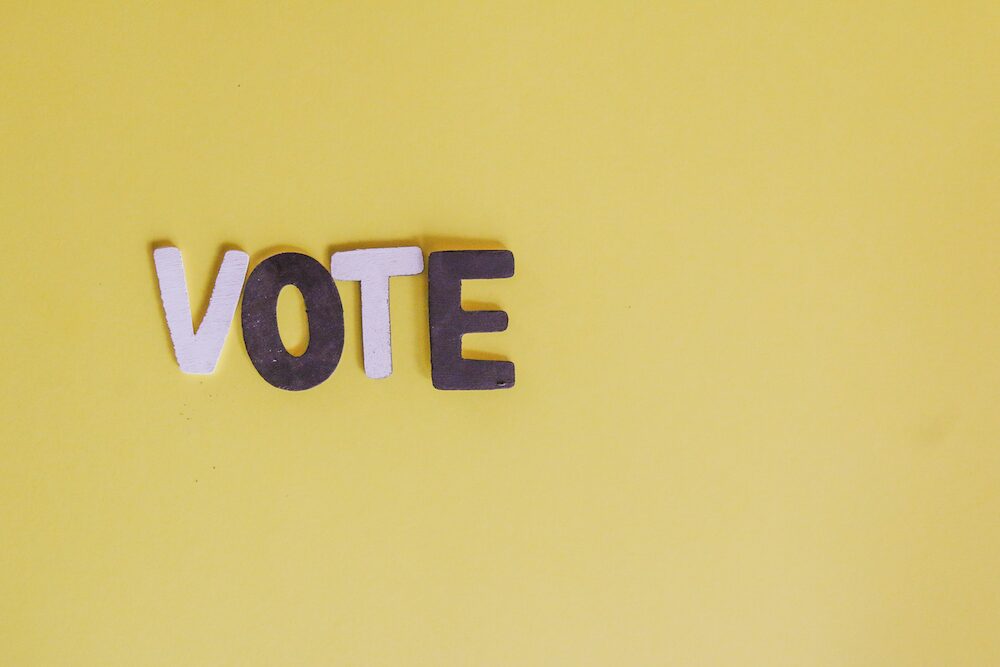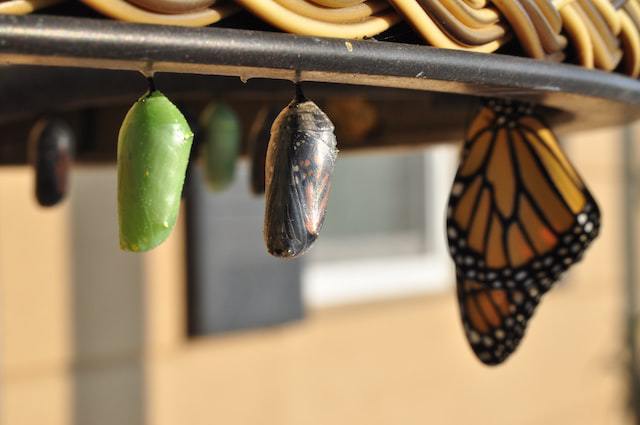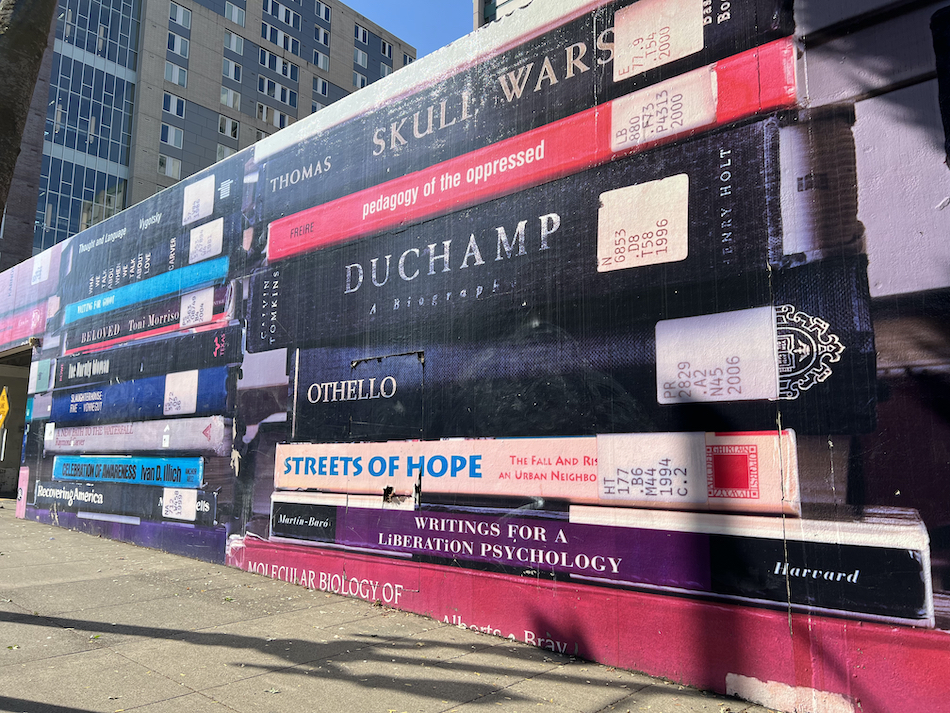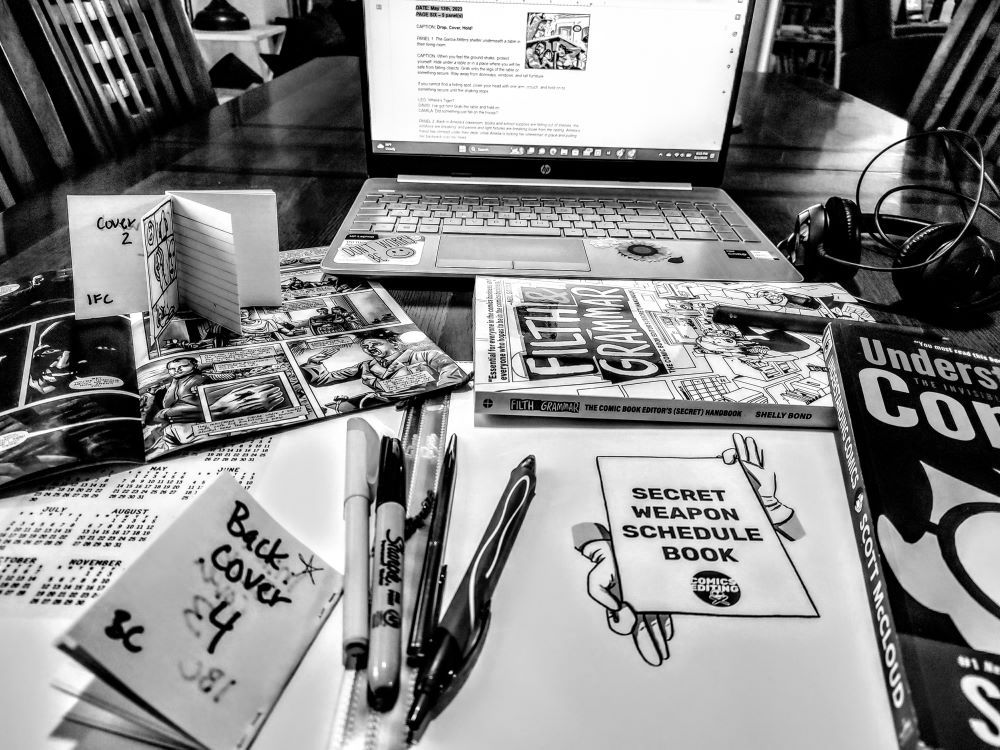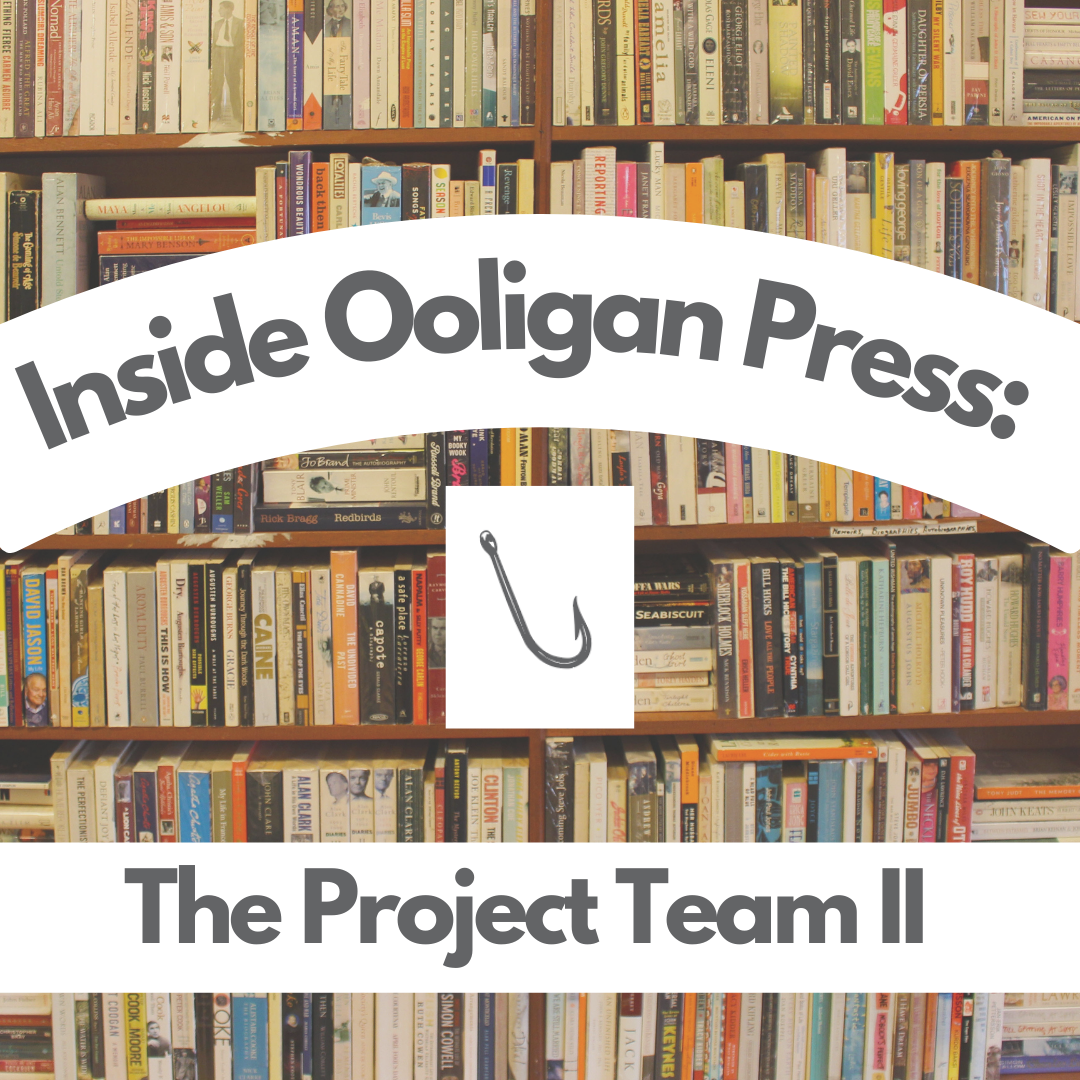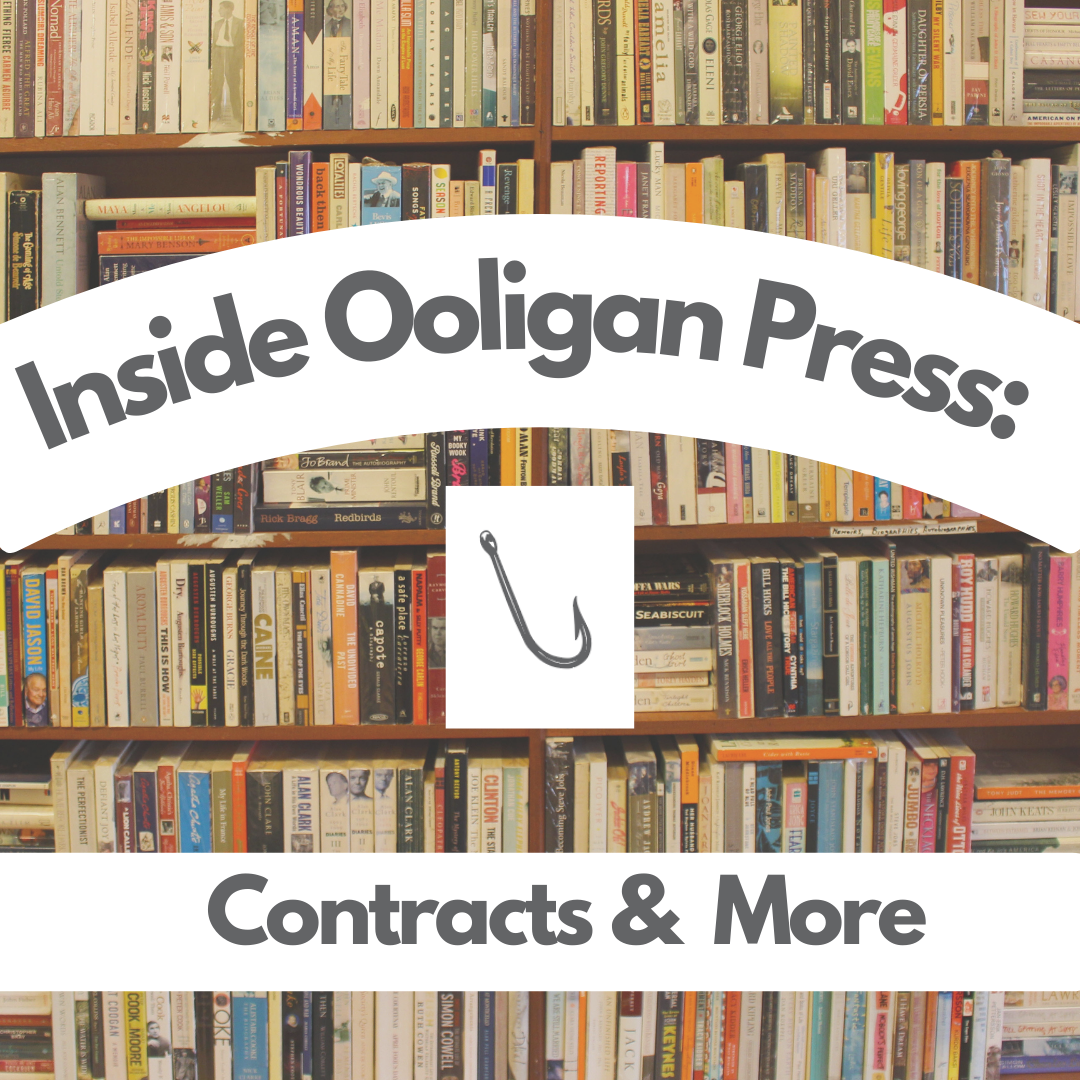A Democracy for All: How Ooligan’s Pitch Process Differs from Regular Houses and Presses
When Ooligan acquires a book, we give the decision to the entire press—consisting of students and staff. Everybody gets a say in what this press publishes, and everyone gets to vote.

